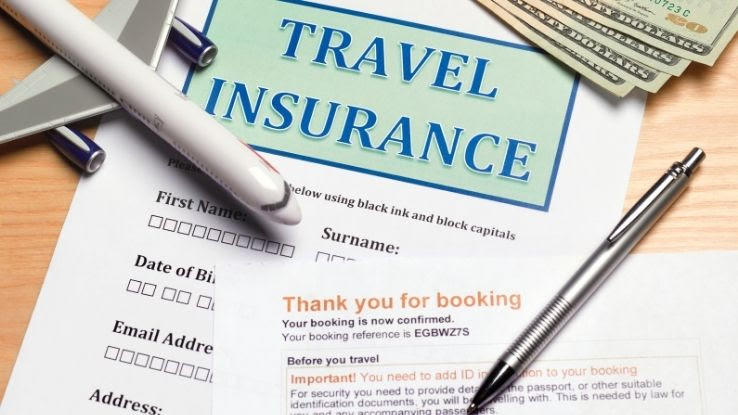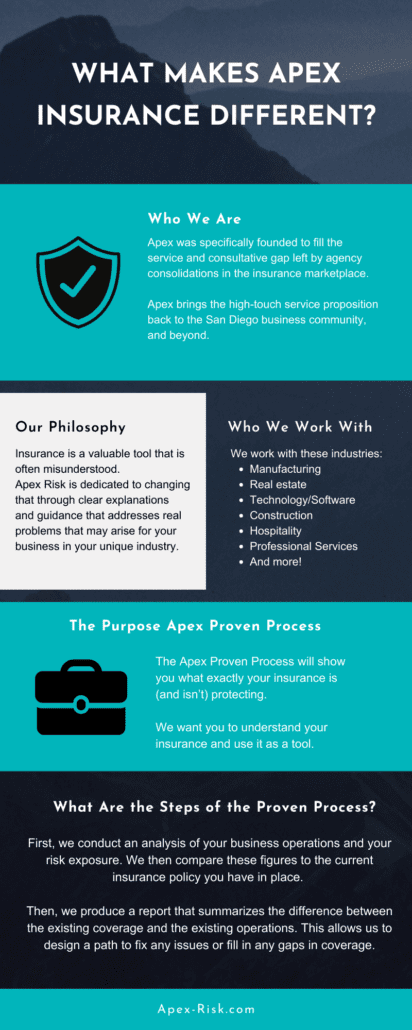What Does Pacific Prime Mean?
What Does Pacific Prime Mean?
Blog Article
Some Known Facts About Pacific Prime.
Table of ContentsSee This Report on Pacific Prime7 Simple Techniques For Pacific PrimeAll About Pacific PrimePacific Prime Things To Know Before You BuyThe Best Strategy To Use For Pacific Prime

This is because the information were collected for a duration of solid economic efficiency. Of the approximated 42 million individuals that were uninsured, almost concerning 420,000 (regarding 1 percent) were under 65 years old, the age at which most Americans end up being eligible for Medicare; 32 million were adults in between ages 18 and 65, around 19 percent of all grownups in this age; and 10 million were children under 18 years of age, regarding 13.9 percent of all youngsters (Mills, 2000).
These estimates of the number of individuals without insurance are generated from the annual March Supplement to the Present Populace Survey (CPS), carried out by the Demographics Bureau. Unless otherwise kept in mind, nationwide price quotes of people without medical insurance and proportions of the population with different type of coverage are based on the CPS, the most widely used source of price quotes of insurance policy coverage and uninsurance rates.
Little Known Facts About Pacific Prime.

Still, the CPS is specifically useful since it generates annual price quotes reasonably quickly, reporting the previous year's insurance protection estimates each September, and since it is the basis for a constant collection of quotes for even more than 20 years, permitting evaluation of fads in coverage in time. For these reasons, as well as the extensive usage of the CPS in other studies of insurance policy protection that exist in this report, we depend on CPS quotes, with limitations kept in mind.

The estimate of the number of uninsured individuals broadens when a populace's insurance status is tracked for several years. Over a three-year duration beginning early in 1993, 72 million individuals, 29 percent of the united state population, were without insurance coverage for a minimum of one month. Within a single year (1994 ), 53 million individuals experienced recommended you read at the very least a month without insurance coverage (Bennefield, 1998a)
Six out of every 10 uninsured grownups are themselves employed. Working does boost the probability that one and one's family participants will have insurance policy, it is not an assurance. Also members of family members with two permanent wage earners have nearly a one-in-ten chance of being without insurance (9.1 percent uninsured rate) (Hoffman and Pohl, 2000).
The Main Principles Of Pacific Prime
New immigrants make up a considerable percentage of individuals without medical insurance. One evaluation has connected a significant portion of the current growth in the size of the U.S. uninsured population to immigrants who arrived in the country in between 1994 and 1998 (Camarota and Edwards, 2000). Current immigrants (those that came to the United States within the past four years) do have a high rate of being without insurance (46 percent), but they and their kids represent just 6 percent of those without insurance policy nationally (Holahan et al., 2001).
The connection between medical insurance and access to care is well developed, as documented later on in this chapter. Although the partnership between wellness insurance coverage and wellness end results is neither straight neither straightforward, a substantial professional and health and wellness solutions study literature links health and wellness insurance policy protection to enhanced access to care, much better high quality, and enhanced personal and population health status.
Levels of evaluation for examining the results of uninsurance. This conversation of medical insurance coverage concentrates mainly on the U.S. populace under age 65 because virtually all Americans 65 and older have Medicare or various other public coverage. It focuses especially on those without any wellness insurance for any kind of length of time.
Excitement About Pacific Prime
The troubles encountered by the underinsured are in some respects comparable to those dealt with by the without insurance, although they are normally less serious. international health insurance. Uninsurance and underinsurance, however, entail definitely different plan problems, and the strategies for resolving them may vary. Throughout this study and the five reports to comply with, the major emphasis gets on persons with no wellness insurance policy and therefore no assistance in spending for healthcare past what is offered through charity and safety internet establishments
Medical insurance is a powerful variable impacting receipt of treatment because both people and doctors respond to the out-of-pocket rate of services - https://pacific-prime.jimdosite.com/. Health insurance, nonetheless, is neither essential neither adequate to acquire access to clinical solutions. Nevertheless, the independent and direct effect of medical insurance protection on accessibility to wellness solutions is well developed.
Others will certainly get the wellness care they require also without medical insurance, by paying for it out of pocket or seeking it from service providers who use treatment free or at very subsidized prices. For still others, health and wellness insurance coverage alone does not guarantee invoice of care as a result of other nonfinancial barriers, such as an absence of health treatment providers in their neighborhood, restricted accessibility to transportation, illiteracy, or etymological and social distinctions.
An Unbiased View of Pacific Prime
Formal research about without insurance populations in the United States dates to the late 1920s and very early 1930s when the Board on the Price of Medical Treatment generated a collection of reports concerning funding physician office visits and hospital stays. This issue became significant as the numbers of clinically indigent climbed during the Great Depression.
Report this page